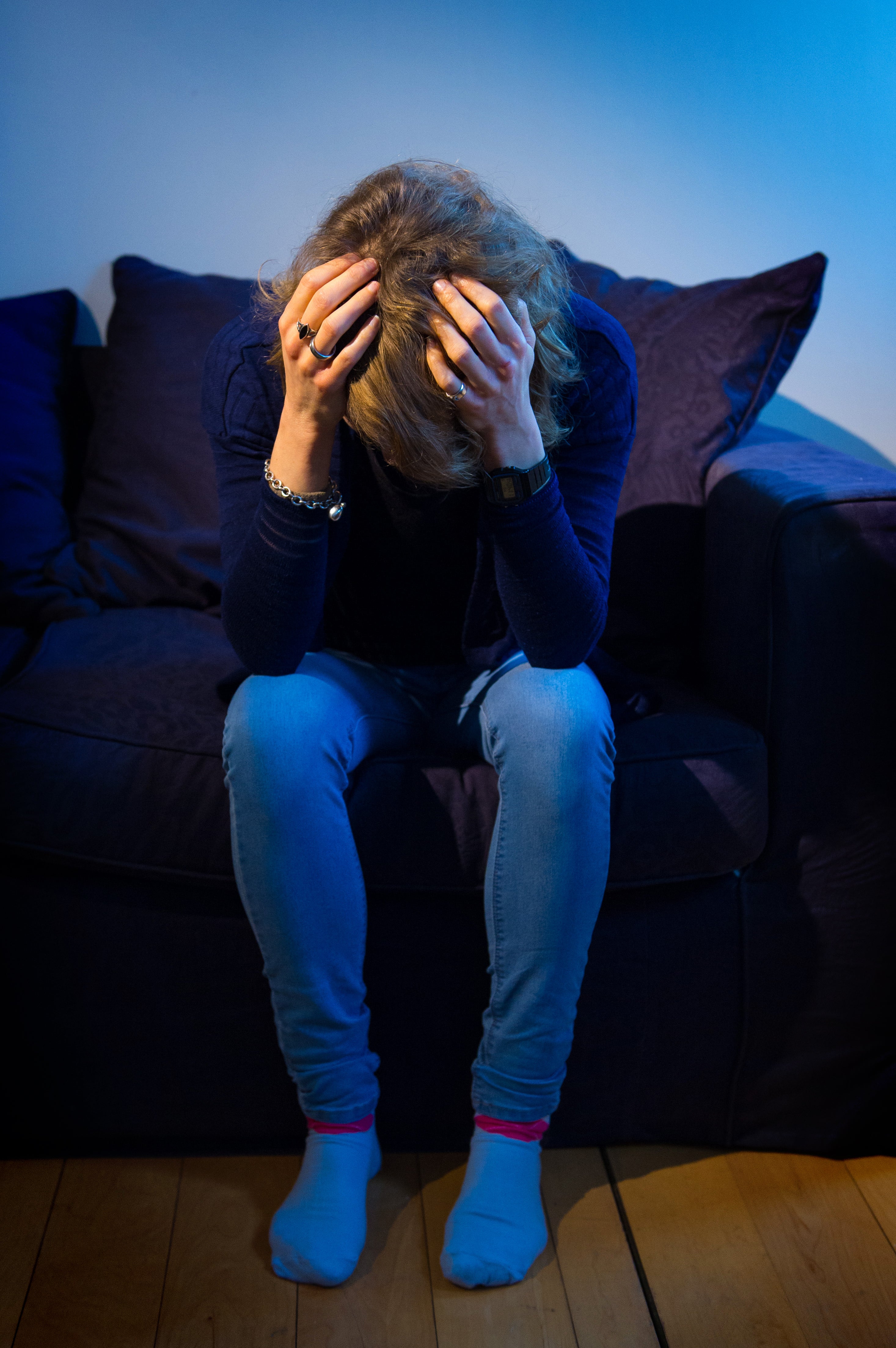People with certain health conditions ‘2.4 times more likely to end their life’
People with Chronic Obstructive Pulmonary Disease and certain cancers have an elevated rate of death due to suicide, the ONS found.

People with chronic lung conditions and cancers which are likely to be fatal are around two-and-a-half times more likely to end their lives than those without such conditions, figures suggest.
One year after being diagnosed with Chronic Obstructive Pulmonary Disease (COPD) or low survival cancers, people had an elevated rate of death due to suicide, the Office for National Statistics (ONS) found.
The suicide rate for such patients was 2.4 times higher than the rate for people with similar socio-demographic characteristics who had not received a diagnosis.
Campaigners said the figures show the need for a law change on assisted dying, but others called for more support for dying people and for high-quality palliative care to be extended to everyone who needs it.
According to the Samaritans, suicide is complex and usually a combination of individual, community and societal factors interact to increase risk.
The ONS research was commissioned in April last year by the then Health Secretary, Matt Hancock.
It found that 17,195 people died by suicide between January 2017 and March 2020, including 455 people with COPD, 465 people with chronic heart conditions and 58 with low survival cancers.
In many instances, people diagnosed with these conditions would meet the definition of having a terminal illness, the ONS said.
The ONS figures only cover deaths in England, so the deaths of people who travelled abroad to end their lives will not have been captured by the research.
For people with low survival cancers there were 22.2 deaths per 100,000 versus 9.1 deaths per 100,000 people without a diagnosis, and the suicide rate for COPD patients was 23.6 deaths per 100,000 versus 9.7 deaths per 100,000 people.
For those with chronic ischemic heart conditions, the suicide rate was nearly two times higher (16.4 deaths versus 8.5 deaths per 100,000 people without such conditions).
Further research will examine suicides among people with severe health conditions during the coronavirus pandemic.
The data today confirms that the blanket ban on assisted dying is not only uncompassionate and unequal, but deeply unsafe for our terminally ill citizens, and it must act as a clarion call for Parliament to examine the full impact of the current law
Dr Vahe Nafilyan, head of the ONS Health Modelling Hub, said: “The analysis we have published today helps better understand the complex issue of suicide in patients diagnosed with certain chronic health conditions.”
The campaign group Dignity in Dying said the data shows that instances of terminally ill people taking their own lives “are not isolated tragedies but warning signs” of serious patient safety implications under the current law.
Chief executive, Sarah Wootton, said: “The data today confirms that the blanket ban on assisted dying is not only uncompassionate and unequal, but deeply unsafe for our terminally ill citizens, and it must act as a clarion call for Parliament to examine the full impact of the current law.
“This is not simply a matter for debate but of patient safety, of the utmost urgency.”
Much more work needs to be done to support dying and vulnerable people by providing them with universal access to treatment for both their physical and psychological needs
Marjorie Wallace, chief executive of the mental health charity Sane, added: “It is unforgiveable and inhumane that people who are dying should have to resort to ending their lives alone and abandoned, but this data indicates that this the case for many under the current law.
“For those who are nearing the end of life and wish to ease the dying process, their motivation is to shorten death, not shorten life, and therefore traditional suicide prevention measures are not an appropriate response.”
Care Not Killing, a UK alliance which opposes a law change, said the figures do not demonstrate the need for a change in the law on assisted dying.
Chief executive, Dr Gordon Macdonald, said the numbers instead suggest that “much more work needs to be done to support dying and vulnerable people by providing them with universal access to treatment for both their physical and psychological needs”.
He continued: “This means extending high quality palliative care to all those who need it, not reaching for a cheap short-term solution of facilitating a rise in people committing suicide or having their lives ended by the state.”
A Samaritans spokesman said: “Every life lost to suicide is a tragedy, and while the data shows that there seems to be an association between certain severe illnesses and risk of suicide, there remains a significant amount which the data doesn’t tell us.
“Being diagnosed with a severe illness is one of the most difficult things people will go through, creating huge emotional, physical, practical, and financial challenges.
“Therefore, it is important that anyone living with a severe illness, or supporting someone who is, is aware of the support that is available.”
– The Samaritans can be contacted on 116123 or email jo@samaritans.org
Subscribe to Independent Premium to bookmark this article
Want to bookmark your favourite articles and stories to read or reference later? Start your Independent Premium subscription today.
